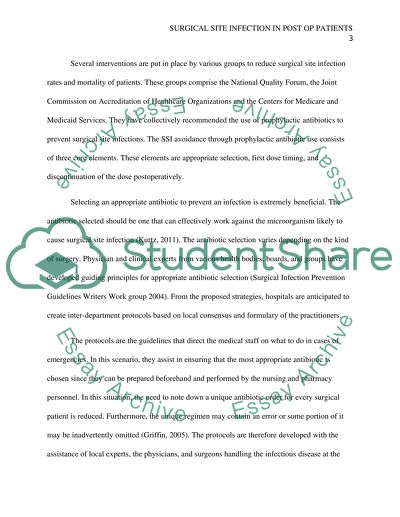Cite this document
(“Surgical Site Infection in Post-Op Patients Research Paper”, n.d.)
Surgical Site Infection in Post-Op Patients Research Paper. Retrieved from https://studentshare.org/nursing/1443526-surgical-site-infections
Surgical Site Infection in Post-Op Patients Research Paper. Retrieved from https://studentshare.org/nursing/1443526-surgical-site-infections
(Surgical Site Infection in Post-Op Patients Research Paper)
Surgical Site Infection in Post-Op Patients Research Paper. https://studentshare.org/nursing/1443526-surgical-site-infections.
Surgical Site Infection in Post-Op Patients Research Paper. https://studentshare.org/nursing/1443526-surgical-site-infections.
“Surgical Site Infection in Post-Op Patients Research Paper”, n.d. https://studentshare.org/nursing/1443526-surgical-site-infections.


